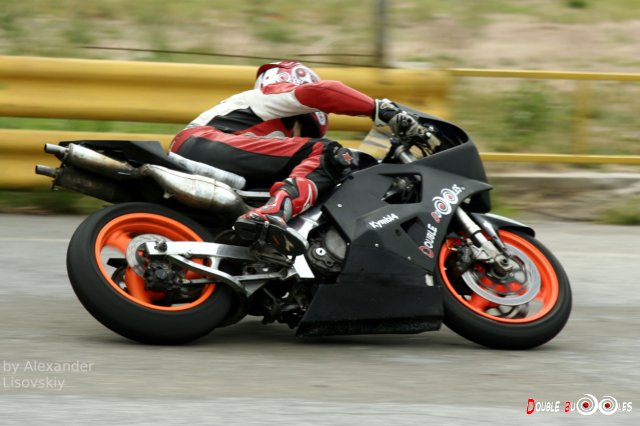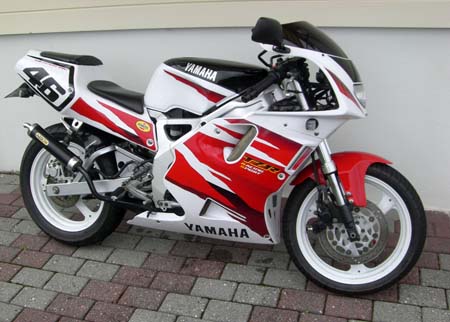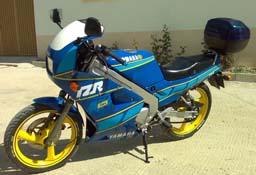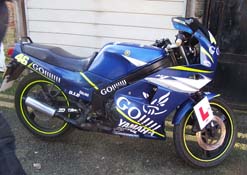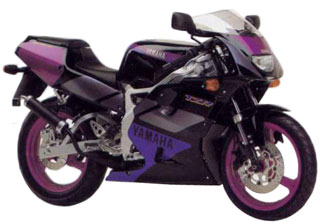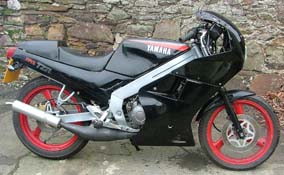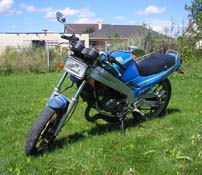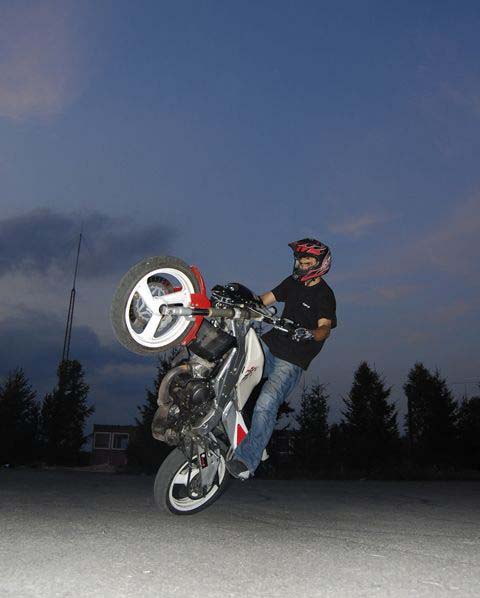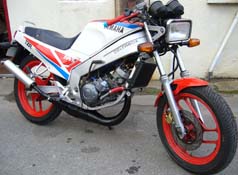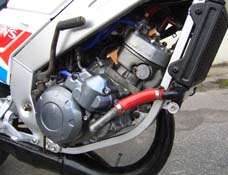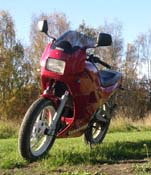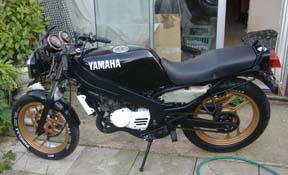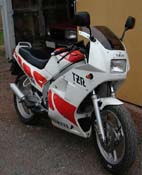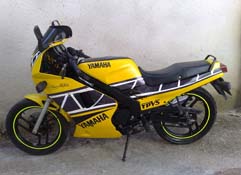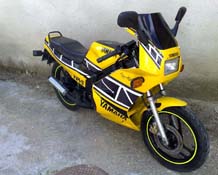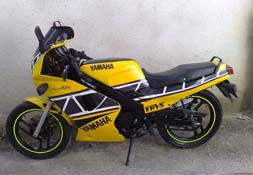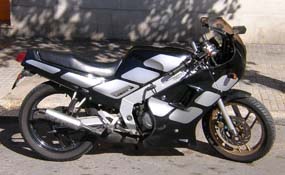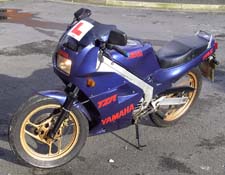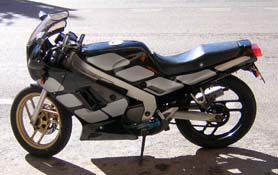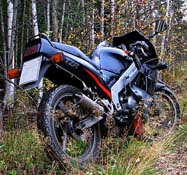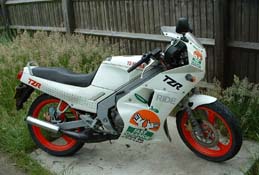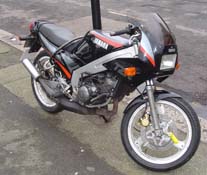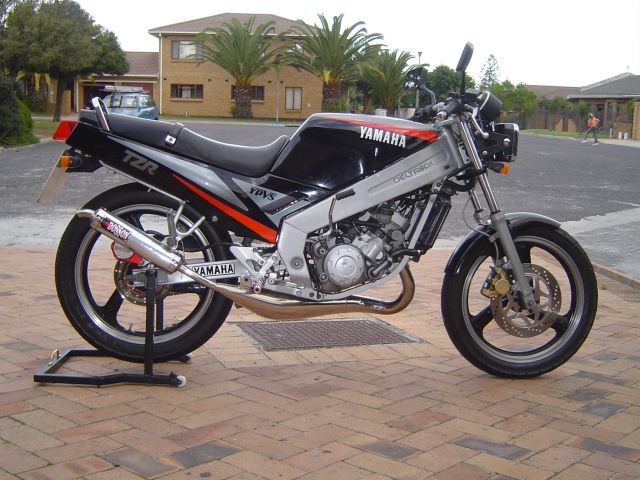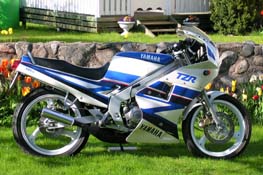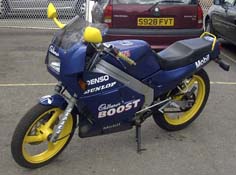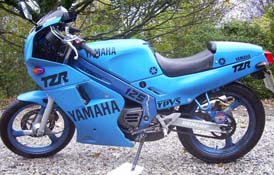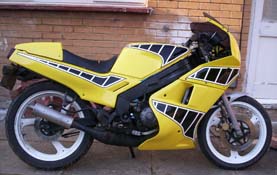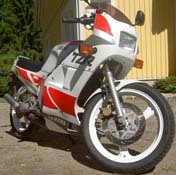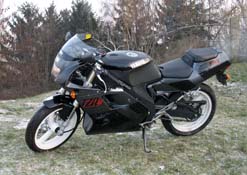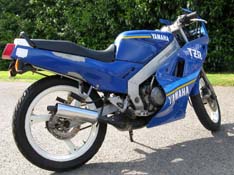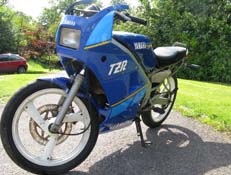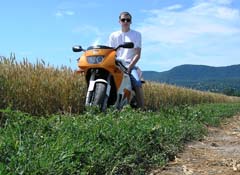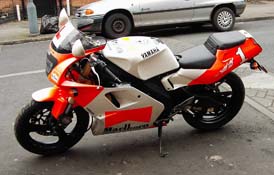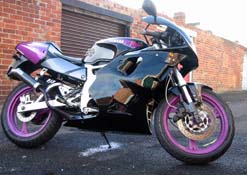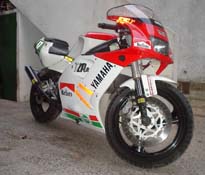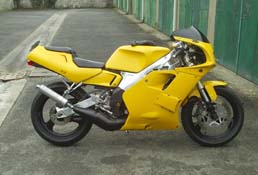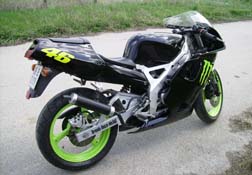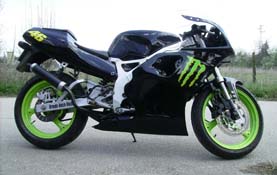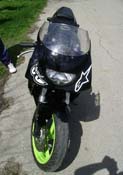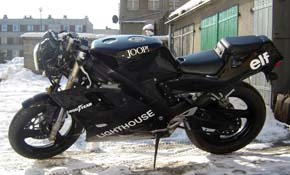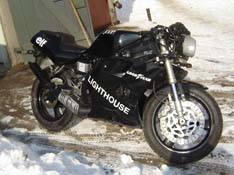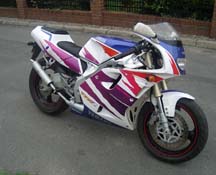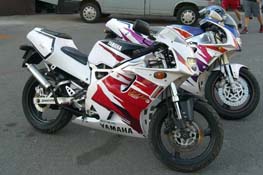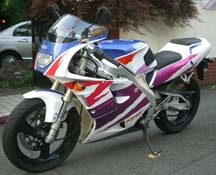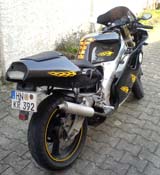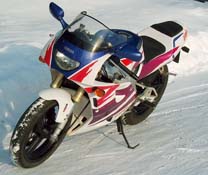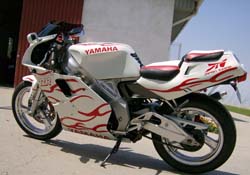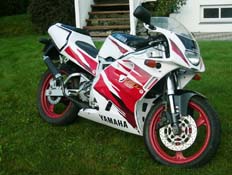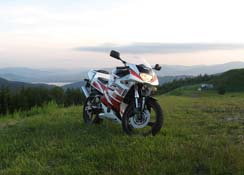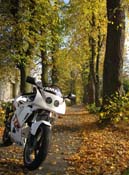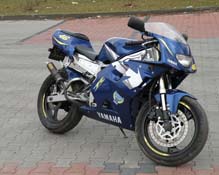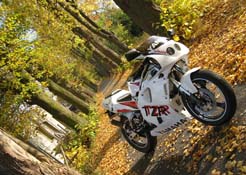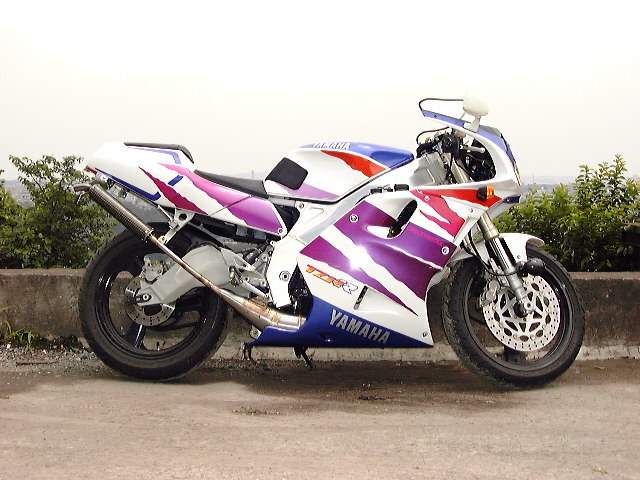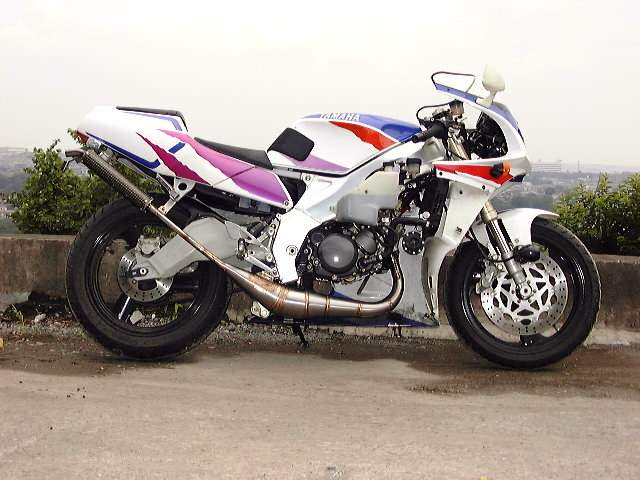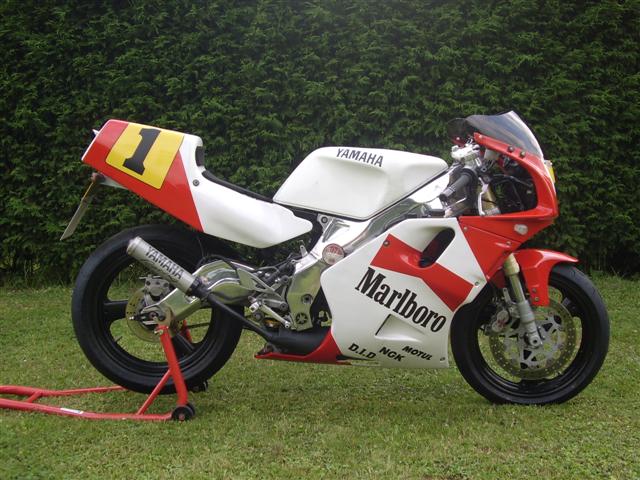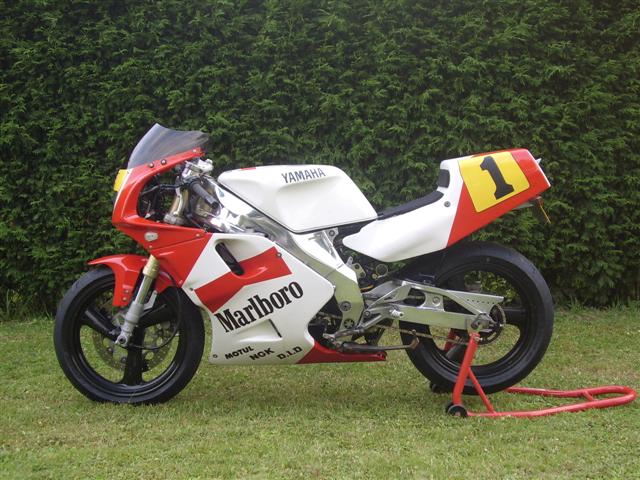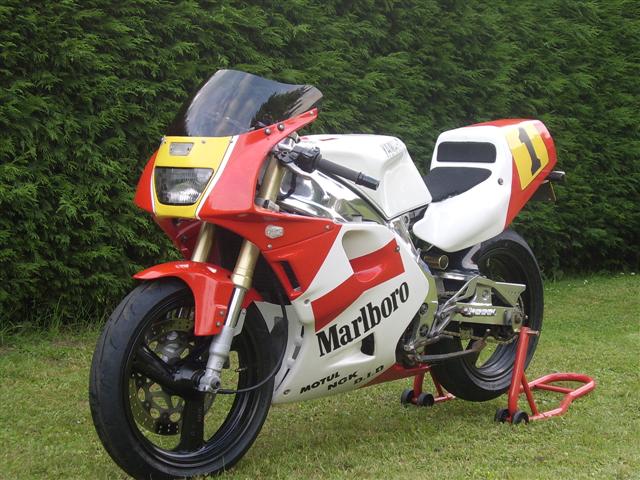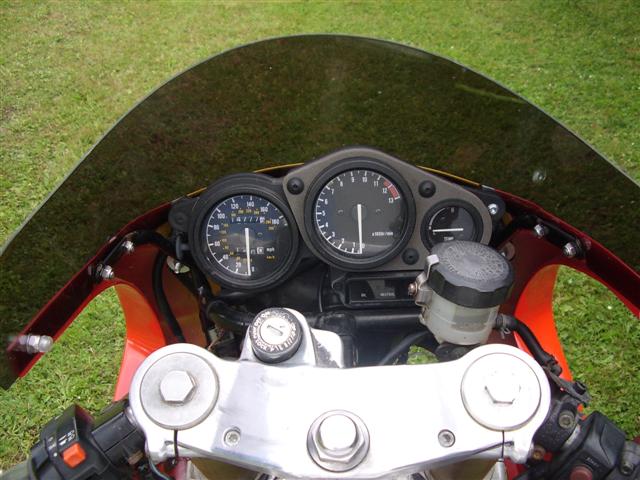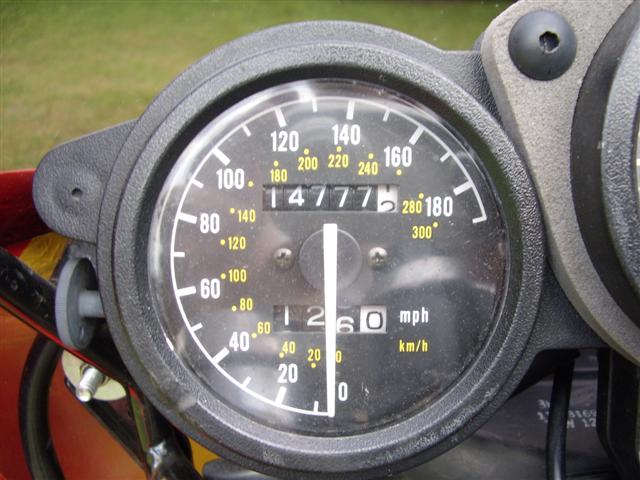|
|
||||||||||||||||||||||||||||||||||||||||||||||||||||||||||||||||||||||||||||||||||||||||||||||||||||||||||||||||||||||||||||||||||||||||||||||||||||||||||||||||||||||||||||||||||||||||||||||||||||||||||||||||||
 |
 |
 |
||||||||||||||||||||||||||||||||||||||||||||||||||||||||||||||||||||||||||||||||||||||||||||||||||||||||||||||||||||||||||||||||||||||||||||||||||||||||||||||||||||||||||||||||||||||||||||||||||||||||||||||||
 |
|
 |
||||||||||||||||||||||||||||||||||||||||||||||||||||||||||||||||||||||||||||||||||||||||||||||||||||||||||||||||||||||||||||||||||||||||||||||||||||||||||||||||||||||||||||||||||||||||||||||||||||||||||||||||
|
ВЕРНУТЬСЯ В МОТОКАТАЛОГ
|
||||||||||||||||||||||||||||||||||||||||||||||||||||||||||||||||||||||||||||||||||||||||||||||||||||||||||||||||||||||||||||||||||||||||||||||||||||||||||||||||||||||||||||||||||||||||||||||||||||||||||||||||||
| Yamaha TZR250 | ||||||||||||||||||||||||||||||||||||||||||||||||||||||||||||||||||||||||||||||||||||||||||||||||||||||||||||||||||||||||||||||||||||||||||||||||||||||||||||||||||||||||||||||||||||||||||||||||||||||||||||||||||
|
Yamaha TZR 250 - спортбайк. Выпускался с 1985 по 1991 с рядным мотором, после модернизации в 1991 году получил V-образную "двойку" с увеличенным крутящим моментом. 249 см3; 56х50.7 мм ; степень сжатия — 8; 45л.c./9500 об/мин. Чистый "спорт", задуманный для гонок. Злой, непредсказуемый, жесткий и бескомпромиссный. Эргономика не предполагает водителя с ростом более 175 см. По своим ходовым качествам (на гоночном треке) несколько уступает Suzuki RGV250 и Honda NSR250.
Yamaha TZR250R | TZR250RS | TZR250SPR 1993-96
1995
1996
1993
1994
Yamaha TZR250R 1991-92
1991
1992 Yamaha TZR250R (3XV)
Yamaha TZR250 | TZR250R-SP 1990
1990
1989
They wouldn't let it lie Well, actually, they would've let it lie, but we wouldn't listen. The TZR is now out of production, and Yamaha aren't keen to push the remaining stocks. They would rather let them slip quietly away without any fuss that might detract from the almost certain 1992 launch of the all-new TZR. It's a shame really, because there is life in the TZR yet as road bike. It may no longer be able to cut it on the track, but the combination of stable handling and reliable power means it can still keep up on all but the fastest roads. For any model to survive so long virtually unchanged is testament to the soundness of the original design. Rupert: 'It's the perfect mix of race technology and practical useability.' On the Cat and Fiddle and surrounding roads the TZR was probably the easiest to get the best from. Chassis, brakes and power harmonise so well that the rider can concentrate entirely on the road ahead, confident that the bike won't spring any nasty surprises. Stephen: 'I really don't think you can fault it - you can slam it into corners with the brakes full on and it'll still go round, with the only protest coming from the tyres.' Where the RGV would sit up violently under mid corner braking, and the KR-1S felt as though the front wheel would tuck under, the TZR stayed gently on line until the rider decided what to do next. This is the sort of behaviour that can save your bacon on unfamiliar roads, especially when they are flanked by frightening drops. On paper at least, the TZR is the slowest steering of the 250s, sharing its rake and trail figures with the 350 powervalve, and it may be this which helps give straight line stability that's no more than a dream for KR-1S owners. Cresting small rises on the Cat and Fiddle, or launching off yet another cratered bump on my ride across the fens to work, the TZR would lift its front wheel slightly, give just a little wibble, then smack rather satisfyingly back down to earth before continuing on its way as though nothing had happened. On the same fen roads, the KR-1S would go from lock to lock before settling down, and meeting another bump before the steering had sorted itself out was a deeply distressing experience. At Three Sistefs the TZR's tyres quickly became the limiting factor. Yamaha aren't doing themselves, or the bike, any favours by letting it out of the factory with tyres so far behind the rest of the bike. Trevor: 'The standard tyres are disgusting.' This was something we all agreed on, although Rupert was more polite: 'The tyres grip OK but offer nothing like the feel and grip of the RGV/KR-1S. Aftermarket stickies would improve things but it'll never quite be up to the latest standard. It'd be enough for most people though.' By all accounts a change to Avon AM22/23 rubber does the job nicely.
1989 Yamaha TZR250RC 3MA
Lousy tyres aside, the TZR feels totally at home at the track, though it rapidly runs out of ground clearance - if you don't hang off as far as possible it feels as though the footrest is about to dig in and lift the whole bike off the floor. The braking lacks some of the awesome ability of the newer 250s - 'Plenty of power, plenty of feel. But the KR-1S and RGV have even more.' - Rupert. It is easier to use all that's available, though, and a panic application doesn't necessarily spell disaster. Trevor: 'The single disc works fine, but requires further clenching of the fingers after the initial grab.' Stepping onto the TZR directly after the RGV, it's easy to see the Yamaha as crude and unsophisticated, but the fact is that the basic package is so good it doesn't need frills. Stephen, commenting on the suspension options, pointed out: 'There's not much adjustment because it's not needed.' The best thing to do with a TZR is to set the rear preload to suit your own bulk, then get on with riding it. Ten minutes in town and the TZR shows the other side of its character. Apart from some mild clucking between 5 and 6,000 revs, when the powervalve can't decide whether to open or close, the motor is utterly docile in traffic. It puts up with extended low-speed running without complaint, all the controls and switchgear are sensibly designed and easy to use, and the well-shaped seat and relatively upright position make it easy to trickle through jams where the Kawasaki and Suzuki produce a wrist-heavy weave. Trevor summed up the joys of long-term TZR ownership: 'More friendly than the others. Starts first time, the mirrors are useable and the seat is comfortable up to the first tank refill' If that doesn't sound very far, bear in mind that the other 250s were probably designed by an unemployed set designer from a Japanese TV game show specialising in personal humiliation. Stephen added: 'The TZR is easy to clean, good pillion seat, luggage can be carried, lasts for ages. Bought by sensible people.' Except for you, Stephen. If all this seems to be singing the TZR's praises rather too loudly, then I apologise, but Trevor was its loudest critic, and the worst comments he could make were to suggest that it was under-geared (hitting peak revs long before the timing lights at Bruntingthorpe), and to point out a grabby clutch. The TZR is dead. I wonder if the new one will live as long.
Yamaha TZR250 3XV
Yamaha TZR250 1987-88
Yamaha TZR250 1985-86
|
||||||||||||||||||||||||||||||||||||||||||||||||||||||||||||||||||||||||||||||||||||||||||||||||||||||||||||||||||||||||||||||||||||||||||||||||||||||||||||||||||||||||||||||||||||||||||||||||||||||||||||||||||
|
Незамысловатая история о том, как "гражданский" Yamaha TZR250 3 MA `89 стал кольцевиком
Часть 1. Покупка.
Все началось с покупки мотоцикла, в планах была покупка 2-тактного эндуро 125 куб. см., но тут в закромах продавцов была обнаружена Yamaha TZR250 3MA. По цене была в 2 раза дороже запланированного эндуро, но после торгов цена снизилась и составила всего на несколько сотен долларов выше. Ну и тут уже решились "берем". Тем более такая ценительская модель, выхлоп под хвостом(и это 89й год:)), маятник алюминиевый достаточно жесткой конструкции, алюминиевая рама Deltabox.
Состояние внешнее было более-менее, гдето 4 с минусом по 5ти бальной шкале, родная покраска, потертости с одной стороны, еще в японии видимо, присутствовала некоторая ржавчина. Внутренне все было немного хуже, при попытке завести мотоцикл, он завелся, но.....только на одном цилиндре. При дальнейшем осмотре было выявлено что в двигатель никто не лазил никогда, ну и пока оформлялись документы мы с Кумычем решили заглянуть в карбюраторы. Добравшись до них было обнаружено огромное количество смол от испарившегося бензина, они были везде, в поплавковых, во всех жиклерах. После 2х часовых поисков по местным заправкам и автомагазинам, наконец нашлось то что нужно, а именно: пару баллонов очистителя карбюратора:) И так продолжили чистку, все 2 баллона ушли, карбы стали более-менее чистые. Собираем, заводим......о чудо мотоцикл заработал на 2х цилиндрах!! После тест-драйва по территории базы все сомнения по поводу покупки отпали напрочь, 45сильный двухтактный двигатель это конечно супер!!! Плюс ко всему поддается раздушке, причем не сложной, и получаем порядка 60ти лс. Пакуем, отправляем в Киев.
Часть 2. ШКМГ Начало.
И так весной 2008го было принято решение ехать в ШКМГ(шоссейно-кольцевые мотогонки), оно было принято как обычно.....за 3 часа до старта:) До этого была произведена раздушка внутрияпонского мотоцикла. А именно: вырезаны душилки из труб, душилки в воздушном фильтре и заменены штатные жиклеры 180 на 210. Ниже иллюстрации процесса. И так по порядку.
Выхлоп
Из родных труб нужно вырезать трубки уменьшающие сечение на входе в трубу.
Для чего нужно напильником либо болгаркой подпилить торец, так как показано на фото ниже.
После того как станет видно границу труб, нужно подковырнуть тонкой отверткой внутреннюю часть, либо забить тонкое небольшое зубильце между труб так, чтобы внутренняя трубка загнулась внутрь, затем ее можно вытащить плоскогубцами.
И видим разницу в диаметрах до и после.
Воздушный фильтр
На входе в коробку фильтра стоят так называемые "шноркели", так вот в них диаметр уменьшается. Чтобы добавить воздуха нашему мотоциклу "душилки" были вырезаны, так как показано на рисунке.
Результат на фото ниже.
Ну и замена главных топливных жиклеров в карбюраторах на 210. Дальше на "Чайке" последовала экспресс-подготовка к кольцу, как оказалось стоп с поворотами и пассажирскими подножками крепится на небольшом подрамничке, таким образом открутив 6 болтов избавляемся от лишнего веса и ненужных на кольце излишеств гражданского мотоцикла:) Остается заклеить фару армированным скотчем и снять зеркала.
Дальше первый старт. Гонка. Еле доехал до финиша. Всему виной покрышки которые еще с японии стояли на мотоцикле, круга после 3го ониначали просто "плыть" и это при времени 1:49. Для "Чайки" это очень медленно. Для сравнения рекорд в классе СС400 1:23. Таким образом стало понятно что старая резина тем более гражданская абсолютно неподходит. А учитывая что родное заднее колесо диаметром 18" то о сликах можно забыть......но не нам. Мы же можем и 17е поставить:) Но об этом в следующей части....
PS. иллюстрации были позаимствованы с сайта http://2stroke4fun.dk
Часть 3. ШКМГ
...И так мы столкнулись с проблемой обувания сликов, по причине заднего колеса на 18", но об этом чуть позже, сейчас хочу вернуться назад к моменту покупки и старта в ШКМГ. Главным "виновником" приобретения стал Ваня Борщ, потому как за эндуриком мы поехали втроем, я, бразза(Кумыч), и Борщ(Гострайдер). В Одессе нас встретил Руслан, который перед посещением салона с эндуриком отвез нас к другому диллеру японского секонд хенда, там и было обнаружено это чудо под названием TZR. Как я уже говорил начальная цена была практически в 2 раза выше той на которую я расчитывал на покупку мотоцикла, но после недолгих переговоров с продавцами Иван Иваныч(Гост) таки сбил несколько сотен долларов, и готов был одолжить недостающую сумму. Таким образом и было принято решение уже не ехать смотреть эндурик а брать мотоцикл-легенду. На фото ниже я(Куцак Сергей(Аккустик)) и Борщ Иван Иванович:)
А потом этот тип гражданской наружности отвел меня в секритариат ФМУ, где мною была получена лицензия, страховка, и допуск к заездам, с этого все и началось......
...Но вернемся к нашим колесам. Нужно было ставить заднее колесо на 17". По-быстрому то что нашлось это было колесо от Suzuki Bandit 400. Примеряв его к мотоциклу, сделав необходимые замеры, пошел к токарю точить разнообразные втулочки, шайбочки. После этого необходимо было заменить подшипники чтобы стала родная ось. Подшипники заменены, втулки готовы колесо становится. Все отлично, но появляется следующая небольшая проблемка, цепь у TZR 520я, а у Бандита 525-я. При помощи того же токаря, делаем из бандитовской звезды звезду под 520-ю цепь. Отлично колесо стоит, цепь становится, можно ехать дальше. Ниже на фото установленное колесо.
На сликах с легкостью пилились подножки об асфальт. После улучшения держака появились новые проблемы, на более быстром времени круг подвески уже не справлялись со своими обязанностями. Костя Зазирный посмотрел на поведение мотоцикла, со стороны и сказал что теперь вилка не отрабатывает как надо. А на родной вилке из регулировок было только поджатие пружин. Таким образом было решено искать более современную вилку. А так же не все хорошо было с задним колесом, поскольку ширина обода у Бандита небольшая (4,0"), резина шириной 160 становилась не так как нужно, поэтому нужно было искать замену, а поскольку была уже осень времени было достаточно на подвески и колесо. Осень-зима 2008-2009 были потрачены на устранение существующих недостатков.
Часть 4. ШКМГ. Начало Дабл Баблс.
Осень-зима 2008-2009 была очень долгой и продуктивной. В силу остоятельств сотрудничество с Ваней Борщом закончилось. И с Бонадыком Виктором(Биллибонс) было принято решение ехать ЧУ-2009 вдвоем, командой Double-Bubbles. Он на Yamaha R1, ну а у меня продолжалась работа над TZRом. Заднее колесо от бантида пришлось вернуть. А на его место нашлось от Suzuki RF400. Обод шириной 4,25" практически то что надо для резины 160. Конфигурация колеса не сильно отличалась от бандитовского поэтому все стало практически без переделок. Единственное что у RFа тормозной диск 240мм вместо 220мм у ТыЗеРа и Бандита. Пришлось переделывать крепление суппорта. Разрезать, вваривать вставку. После чего колесо успешно стало на свое место.
Дальше были подвески.....Поскольку формат переднего колеса тоже не совсем подходил под размер слика 120мм(ширина обода 3"), было решено искать вилку вместе с колесом. После недолгих поисков нашлась вилка "перевертыш" 43мм с траверсами колесом еще и суппортами от Suzuki GSXR750 K2. Установка вилки оказалась совсем простой, все что требовалось это перепрессовать ось траверс из родных в "жиксеровские" и все стало без проблем с родными коническими подшипниками. В то же время решил обзавестись гоночным пластиком, поскольку бить в случае чего родной както жалко было. Обратился к коллеге из класса СС400 Александру Мирошниченко(Мирош), у него было несколько комплектов на его FZR400RR. взял его пластик, гдето отпилил, гдето переклеил, вобщем подогнал его под мотоцикл. Так же решил еще занятся и вопросом внешнего вида мотоцикла, надо же хотябы на старте хорошо выглядеть:) раскидал полностью мотоцикл. Отполировал раму, маятник. Поскольку шлифмашинки небыло, взять напрокат негде было,полировал вручную......3 недели спустя все было отполировано. Переднее колесо приехало из Америки ярко-оранжевого цвета, поэтому решил красить и заднее в такой же, отпескоструил, подобрали порошковую краску примерно такого же цвета, покрасили. С пластиком решили особо не заморачиваться, поскольку это расходник в кольцевых гонках, покрасили из баллончива в черный мат:) Черный мат с ярко-оранжевым смотрелся просто отлично. Дальше при разборе завалявшихся запчастей был обнаружен демпфер LSL который так же успешно был установлен. Причем установка заняла минут 20, приварил крепление к рамке на которой висит приборка, а на траверсах уже было родное ухо для крепления демпфера. Вот в таком виде мотоцикл появился весной 2009го года.
Информация взята с сайта: www.double-bubbles.info/ |
||||||||||||||||||||||||||||||||||||||||||||||||||||||||||||||||||||||||||||||||||||||||||||||||||||||||||||||||||||||||||||||||||||||||||||||||||||||||||||||||||||||||||||||||||||||||||||||||||||||||||||||||||
|
|
||||||||||||||||||||||||||||||||||||||||||||||||||||||||||||||||||||||||||||||||||||||||||||||||||||||||||||||||||||||||||||||||||||||||||||||||||||||||||||||||||||||||||||||||||||||||||||||||||||||||||||||||||
| Yamaha TZR125 | ||||||||||||||||||||||||||||||||||||||||||||||||||||||||||||||||||||||||||||||||||||||||||||||||||||||||||||||||||||||||||||||||||||||||||||||||||||||||||||||||||||||||||||||||||||||||||||||||||||||||||||||||||
|
История всемирно известного японского бренда YAMAHA берет свое начало в 1887-ом году с изготовления высококачественного органа (клавишно-духовой музыкальный инструмент) из тростника. Сегодня компания, основанная Торакусу Ямаха, является одним из самых известных производителей на рынке не только музыкальных инструментов, но и техники. Первый мотоцикл, вышедший под маркой Yamaha, был точной копией немецкого DKW RT 125. В настоящее время этот автогигант уже не первый год занимает второе место в мире по выпуску различной мототехники, разрабатывая и производя чопперы, кроссовые и дорожные модели, эндуро, а так же спортивные мотоциклы. Фирма YAMAHA реализовывает в своей продукции современнейшие технологические решения и усовершенствует не только техническую часть, но и сам дизайн производимых моделей. 125 кубовые мотоциклы Yamaha – это простота управления, изящная классическая внешность, удобная посадка и, что немаловажно – приемлемые цены.
Вдобавок этот мотоцикл отлично противостоит практически любым климатическим и дорожным условиям. Не страшны ему и "лежачие полицейские", которые он преодолевает, не издав ни одного звука. Мотоцикл Yamaha TZR 125 оснащен шестиступенчатой коробкой передач и одноцилиндровым двухтактным двигателем с рабочим объемом в 124 см. куб. с водяным охлаждением. Мощность двигателя - 26 лошадиных сил (при 10,2 тыс. оборотах).
Класс у этой модели заметен во всём – начиная от разреза фар, характерного для Yamaha, нетрадиционного оформления решетки радиатора, противотуманных фар трапециевидной формы и заканчивая грациозным изгибом линии пояса, который прерывается лишь на "отфрезерованных" крыльях. Из-за искусственно выполненных пластиковых накладок по бокам, мотоцикл Yamaha TZR 125 выглядит более солидно и тяжеловесно, хотя сам по себе весит очень мало. Главной изюминкой интерьера этой модели является приборная панель, сверкающая хромированными ободками окантовки. А раструбы глушителей, которые слегка утоплены в боковую панель, говорят о том, что в этой комфортной модели прослушиваются и спортивные нотки.
Не существует проблем и с приобретением необходимых запасных частей к этому байку. Несмотря на возможность замены некоторых деталей на запчасти от мотоциклов других производителей, мы бы все же советовали покупать только оригинальные детали, т.к. именно они обладают максимальным сроком эксплуатации. Ко всему, в сети Интернет достаточно легко можно приобрести и подержанный мотоцикл Yamaha TZR 125, который обойдется вам гораздо за меньшую сумму.
Технические характеристики
Yamaha TZR125 1986-88
1986
1987
1988
1989 What do you buy a learner bike for? Well, firstly it must be to pass your test on - or so one would assume. Second might come the need to taste what the big, bad world of motorbikes is really like -what it means to ride a faster bike and have some fun. The three 125 trailies we tested last month would answer all these criteria except for a couple of details. For a start, they're damn tall (due deference here to Caroline Eccles in Write Lines) and so short arses might have some problems. Their off-road pedigree is good, excellent in fact, but they're still dirt bikes and can't cut it in looks or performance on the tarmac. In the end, not everyone wants to look like the after shock of an acid house party. Honda's much-hyped NSR125R and the cheaper, but similar, NS125R have attempted to take all the honours in this sector with big bike looks and some excellent detailing. But sluggish engine feel and performance has meant that they promise more than they deliver. But all the manufacturers' learner sales are down except for one company this year - Yamaha. The TZR125 shows why. There's nothing very special about this bike compared to its competitors. They are all limited to the paltry 12hp, they all ape big bike styling in some way, and it's because of this uniformity that subtle differences become great ones. In short the TZR125 is more exciting to ride than its competitors and this must be why it's selling well. The rider's view is standard - twin clocks, clear but cheap switchgear, and none too sporting handlebars. The fairing not only looks like a diminutive FZR from the outside but from above too it shares the big bike's spare, weight saving look which Yamaha get away with. It'll start nine times out of ten without the choke which is just as well as this little item is severely hidden away under the tank on the left. A few minutes warming up and the bike starts to show signs of things to come. 1990 Unlike Honda's supposed built for only 12hp', the TZR manages to rev through to the red line at 10,500rpm. Power is maintained all the way through above peak at 7500rpm; below this not much happens and the TZR is as guilty as the rest of gutlessness below five grand. Ally this to the less than slick clutch action around the same engine speed and you have the recipe for a few false starts with a true novice on board. Still, once you're under way you soon feel at home on the TZR, the front single 267mm disc doing all asked of it, with some sensitivity too, and the back 210mm item working well without being too sharp. The steering is light but neutral, although the skinny bar grips (rather than the riding position) can induce some aches and pains in town. Adding further to the discomfort is the vibration that the TZR inflicts on you at high revs - in other words at the 65-70mph cruising speed. Such a cruising speed is not bad though. The TZR will show 75mph on the clock in the right conditions reflecting its willingness to rev through rather than cough and splutter like others of the ilk. The suspension is up to it too. It's all standard stuff with the only the front forks letting things down over seriously bumpy terrain, the rear monoshock proving very adept. Indeed, on a smooth surface the only indication that you're on a learner bike is the limited power which would be useful in picking the TZR out of a corner. Without careful swapping of cogs the power isn't always there when needed, leading to oversteer occasionally purely for lack of rear wheel propulsion.
Finish is good on the diminutive Yamaha. The exhaust system looks the least hard wearing, which is unfortunate, for anything louder - like your average after-market jobbie - would be stepping beyond that fine line of good taste and community care. As it is any wheelie type antics threaten your place on the Neighbourhood Watch 'Fun-Weekend' Planning Committee. The TZR is a loud bike - probably another reason why it's selling well. But if that's what the boys and girls want, Yamaha are going to give it to them at the reasonable cost of £1759. The only cheaper race replica 125 is Kawasaki's ageing AR model, while Honda's and Suzuki's (the capable RG125 from the latter stable is still popular) offerings are £200 and £40 more, respectively. The Honda especially seems overpriced at this stage. The skinny proportions of the TZR make you feel like a racer a little more than its wider competitors. The tank, seat and bodywork all flow along without the hint of an unwanted lump or blemish. Indeed the TZR makes fewer pretensions to being a big bike than some: it's quite happy being a fast, noisy small bike. Comfort is reasonable, though, and although the bars skimp on rubber the footrests are veritably obscene in the amount they use to shelter young legs from vibration. They are largely successful. Other notable bits on the TZR are the grabrail which works; a seat that hurts when the weather gets hot; a clunk-ridden gearbox that you get used to; and lastly, a terrific sense of achievement when some toad pulls alongside at the lights, sneers, and you manage to lose him on the next bend. It may not happen, but when it does you get the sense that this is what the TZR was made for. Kid's stuff really. Source Mototcycle International 1990
Yamaha TZR125R Belgarda 1991-97
1991
1992
1993
1994
1995
1996
1997
The new Yamaha TZR125R brings the teeny-screamer war to boiling point. Should Cagiva and Aprilia be shaking in their Guccis? ANYONE CAN BE A HERO on the new TZR125R - even if the last time you scraped your knee was when you walked into the oven door. The sharpest handling since Edward Scissor hands, the grip of Arnold Schwarzenegger and yet barely enough power to crush a grape adds up to a cocktail that could make anyone look cool. Yamaha's new entry into the teeny-racer class has the lot. But then, as based on the TZR250R (see BIKE December '91), it was almost bound to have. That V-twin never made it to the UK except by grey import, the reason being, according to Yamaha's UK importers, that it's high-tech spec would price it too far beyond RGVs. The difference here, Mitsui says, is that, though still not cheap, the size of the 125 market means the TZR earns its place. As 'only' a 125, it's the TZR's race-spec chassis that you're getting for your money. Lacking only the 250's banana swing-arm, the TZR has a trellis that wouldn't look out of place in a GP paddock: aluminium Deltabox twin spar frame; braced, box-section ally swing-arm; 39mm upside-down forks; a huge semi-floating front disc gripped by a four-pot caliper; lightweight, 17in three-spoke wheels and lots of fat rubber - a 110/70 at the front with a 140/70 at the rear.
Add to that the slinkiest plastic clothes since Whitney Houston squeezed into her PVC bustier and you've got a bike that is every inch a mini YZF: just as pure, just as beautiful from every angle and just as much the no-compromise sports bike. Get aboard and you ARE Wayne Rainey, the billowing two-stroke hides the Donington grandstands, the traffic lights outside the chippy are the start lights at the British GP. You feel ten feet tall. Well, at least the last bit's right. This is one seriously tiny motorcycle. Like the racers from which it draws inspiration, the TZR is skinny, short and small. At standstill, your feet are flat, your knees bent. On the move you have to coil yourself up, wrap yourself around the narrow tank and keep elbows and head tucked in. (Knees, of course, stay out). Starting, despite the electric boot, can be a pain. From cold, unless you keep the throttle absolutely closed, it all-too-easily bogs and floods. And even after, it's caught it's a case of 'leaving-well-alone' for a couple of minutes. But once warm, the TZR thrives on revs like only a full-sports 125 will. Derived from the proven DT125, the TZR's liquid-cooled, reed-valve single features a new ceramic composite-lined cylinder for improved cooling; a bigger, 28mm carb fed through straighter inlet tracts; revised porting and a larger airbox. A flat-topped, alu-mite-coated piston aids combustion, there's a new YPVS power-valve, while cooling and lubrication are helped via a huge new radiator and high-efficiency oil pump.
TZR125R Belgarda 4DL
Waste of space All of which, of course, is a total waste of space in a 12bhp learner bike, so thank gawd the TZR isn't. Yes, the real revelation is that this is the first Japanese sports 125 to join the Cagiva Mitos and Aprilia Sport-Pros of this world by being easily and officially derestrictable, free of charge by your dealer on presentation of your full licence. In fact, Suzuki is also due to join the fun by making its RG125 available in full-power form too. As we went to press, no figures were available as to the Yam's derestricted output. But 30bhp at 11000rpm won't be too wide of the mark. The vast majority of those horses live up high. The tall first gear makes fistfuls of revs, frantic clutch-slipping and rather pathetic getaways unavoidable, and the motor only starts to produce usable go from 7000rpm. But point it between 10,250 and 11,500 (the redline's at 12,000rpm) and you'll find what the TZR is all about. And that's being tucked in tighter than a hospital bed, focussing on the horizon and wondering when you can next play at being Wayne on the brakes. You'll be breathless, you'll giggle and you'll enter an utterly brilliant yet bonkers 60mph world of your own.
TZR125R Belgarda 4DL
And that is the essence of bikes such as this. With barely lOOmph available, the TZR might not be quite as quick as the Mito or Sport-Pro, but so what? Instead, like both Italians, the TZR, at 70-legal-mph, urges you to play Wayne Rainey on the straights yet let you get away with being Wayne Slob round bends. At 121kg dry, it's so light, sharp and flickable that it is to day-to-day bikes what go-karts are to Vauxhall Cavaliers. Despite very average Dunlop tyres (Mitos wear Hi-Sports, damn...) it tracks round corners like some sort of demented radio-controlled car. The front forks and brake are superb. The over-worked gearbox is a joy and the riding position and attitude is all about 'getting dahn and getting crazy'. And all at a thoroughly sensible 60-odd mph. Even the 35-year-old office, Harley rider was aching for a blast once he discovered the TZR was derestricted. And you can't ask for a better recommendation than that. It's certainly up there with the Italians. The Mito boasts a slightly better spec' (Hi-Sports, Brembos etc) and a touch more top-end. Yet the TZR counters with beautiful styling, stunning handling that is only barely tested by the tyres, and a robust togetherness that always seems lacking in anything Italian. But what the TZR really offers is an alternative. At £3499 the TZR is not cheap. It's also small, silly and strange. But it's also big, big fun. And in an age when you've either got to be Wayne Rainey or on a death wish to test the real limits of bigger sports bikes, it's nice to not test anything at all by thrashing and revelling in a bike such as this. D Source By Phil West Bike Magazine of 1993
TZR125R Belgarda 4DL
TZR125R Belgarda 4DL
|
||||||||||||||||||||||||||||||||||||||||||||||||||||||||||||||||||||||||||||||||||||||||||||||||||||||||||||||||||||||||||||||||||||||||||||||||||||||||||||||||||||||||||||||||||||||||||||||||||||||||||||||||||

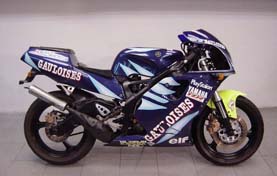
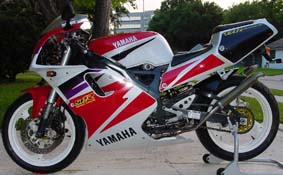
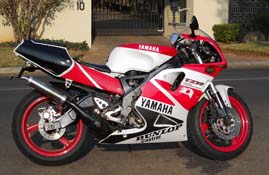
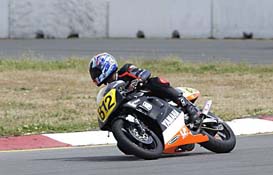
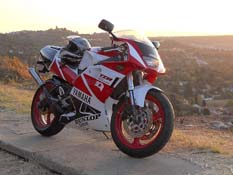
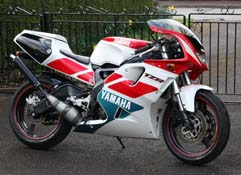
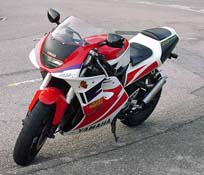
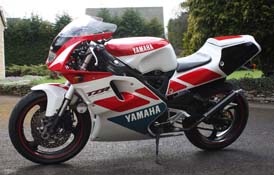
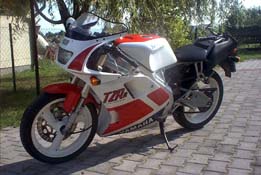
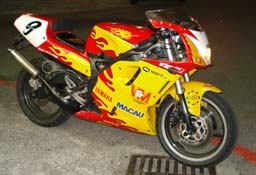
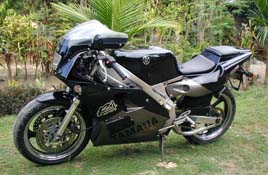
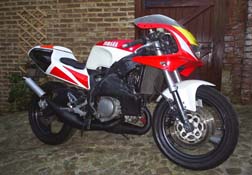
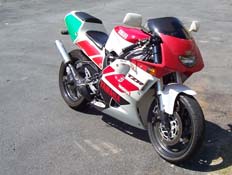
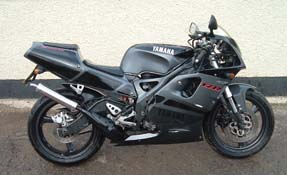
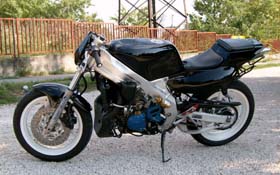
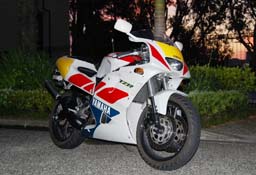
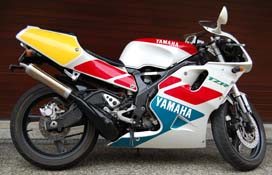
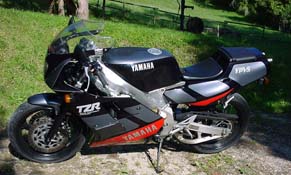
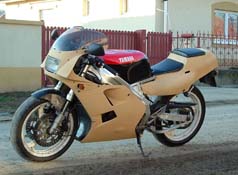
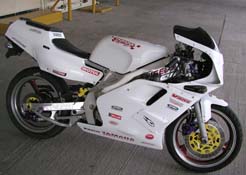
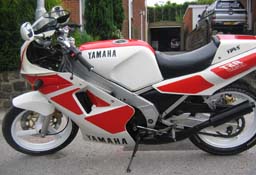
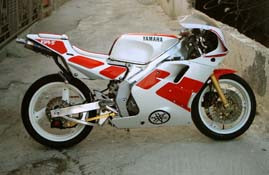
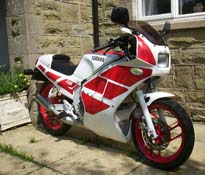
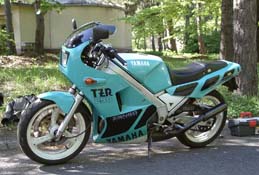
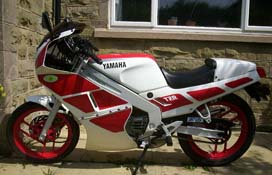
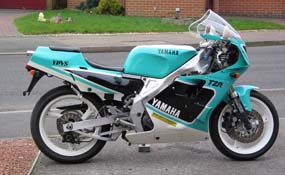
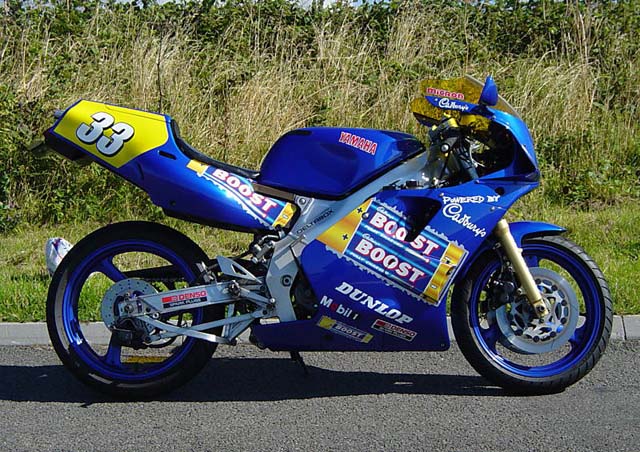
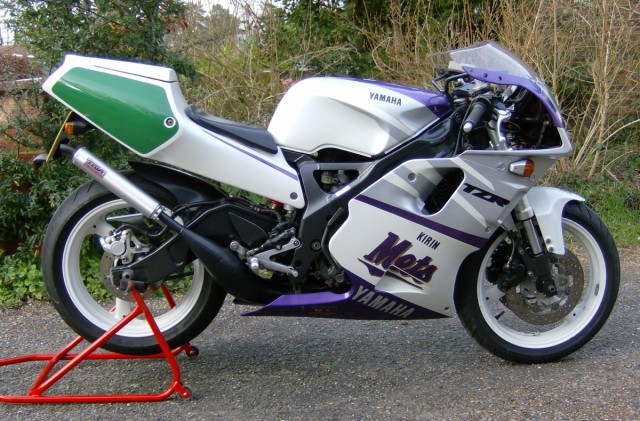
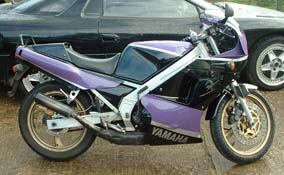
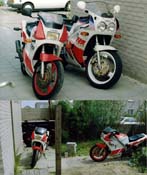
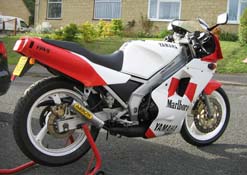
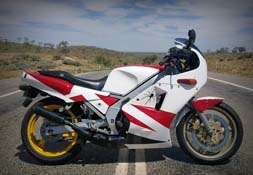
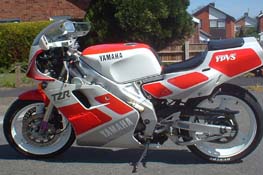
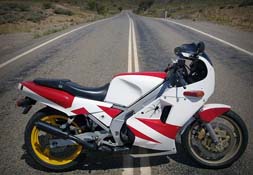
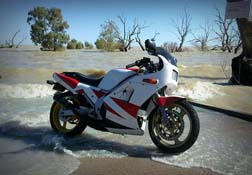
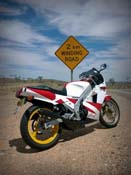
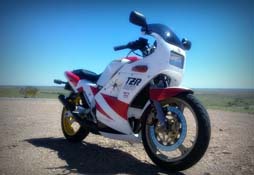
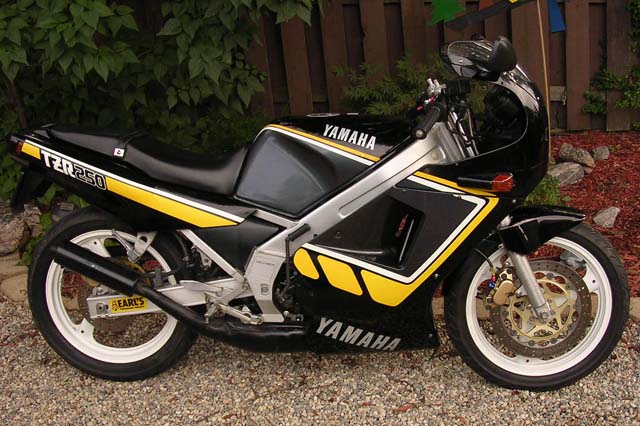
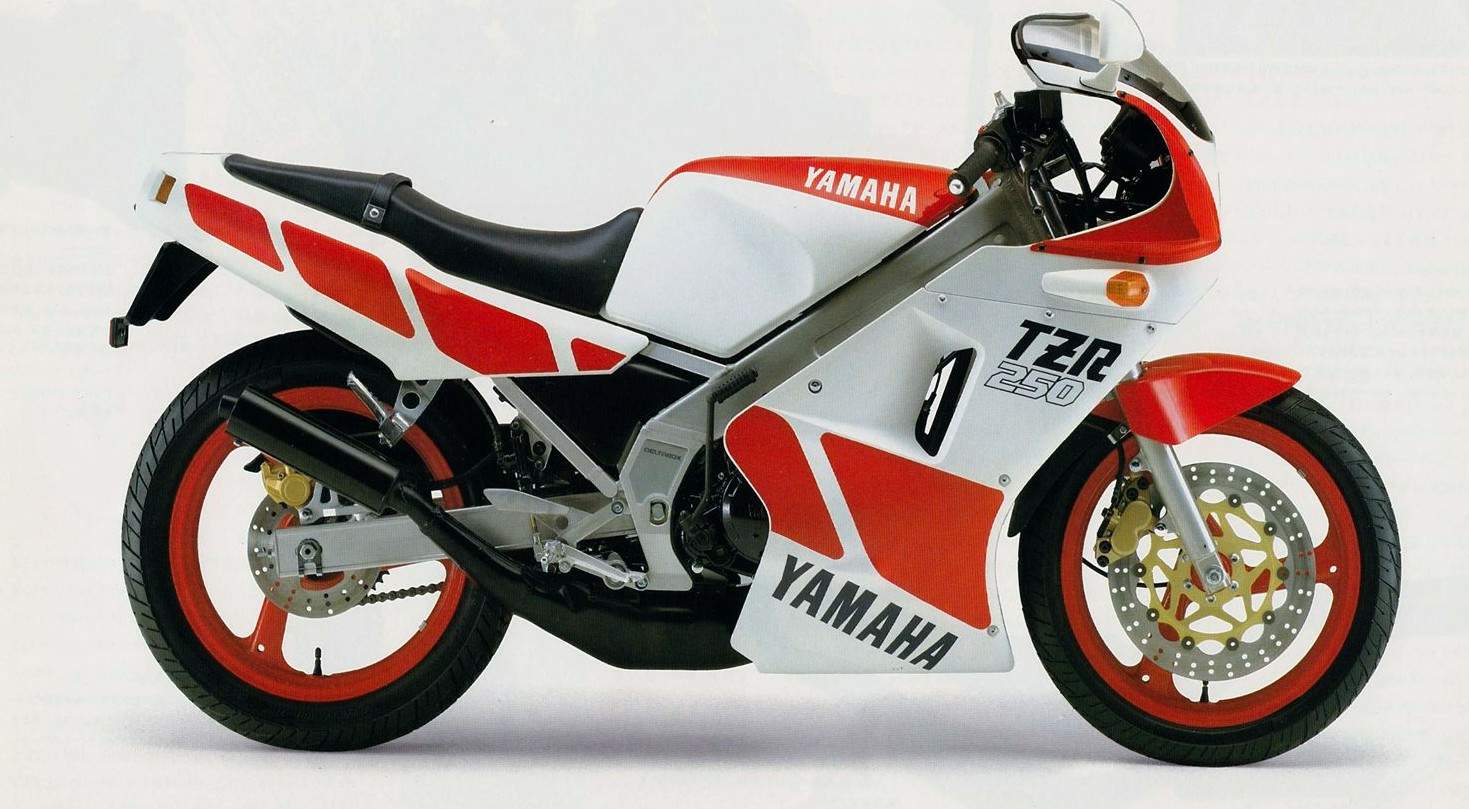
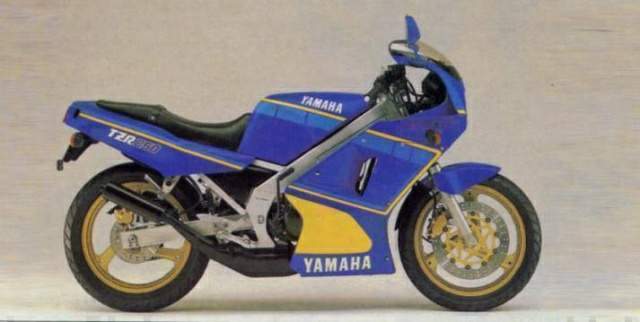
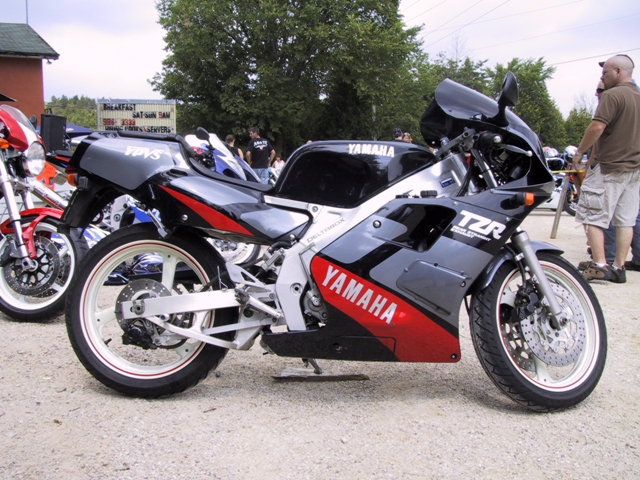
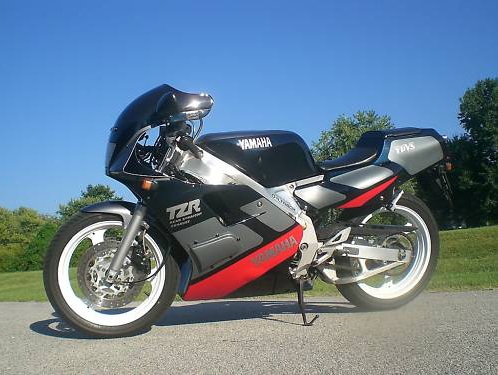
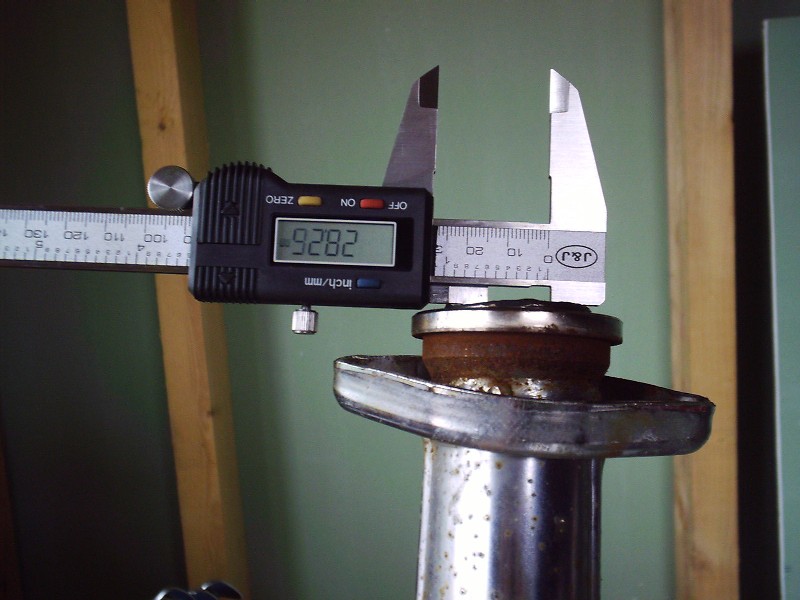
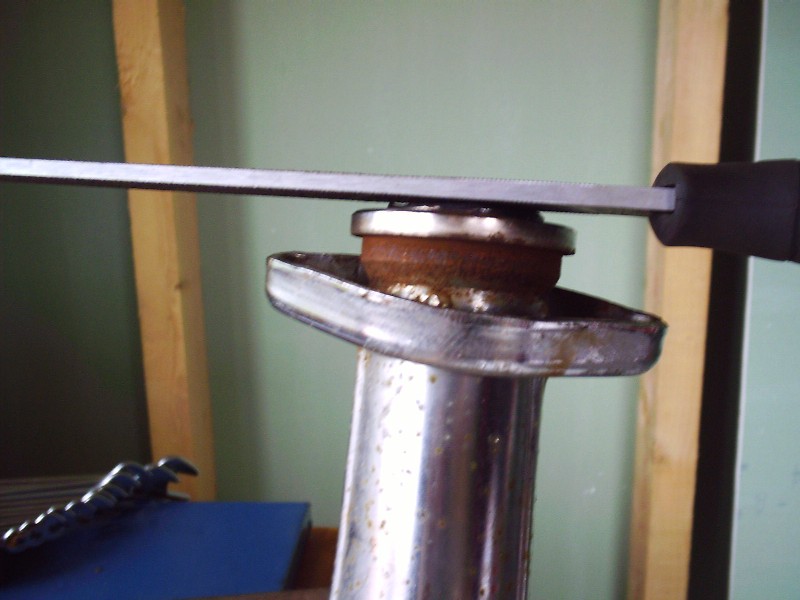
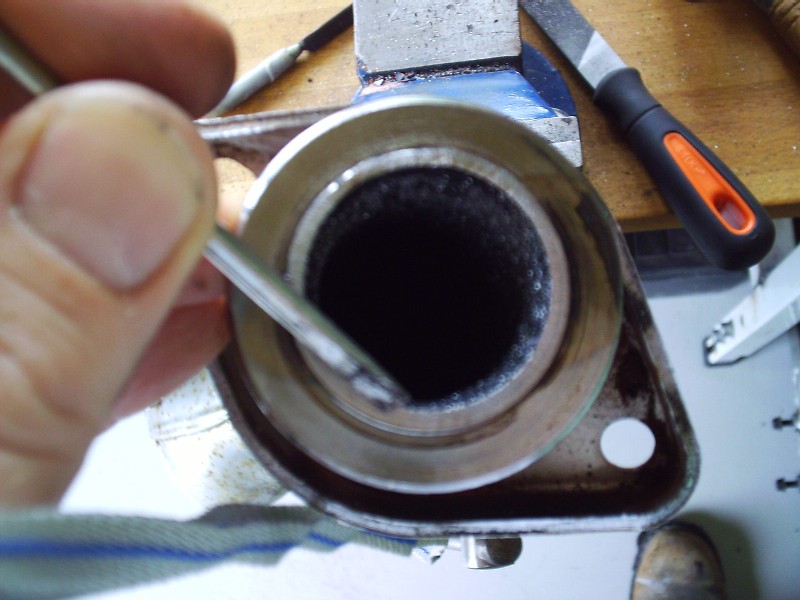
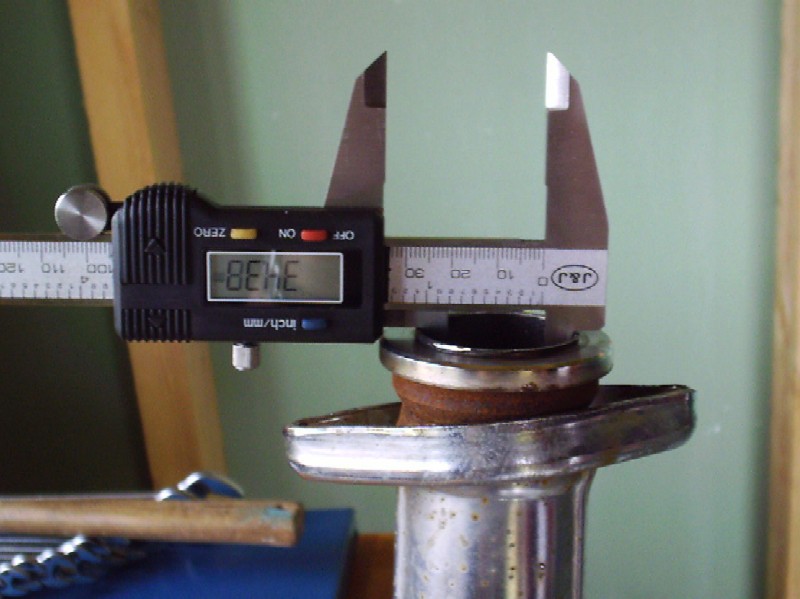
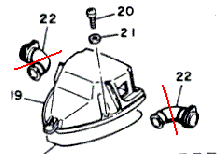
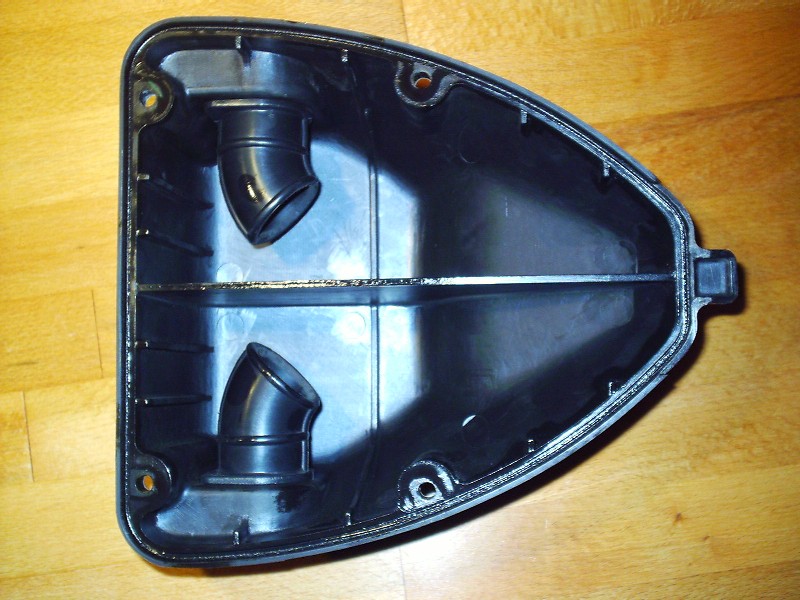
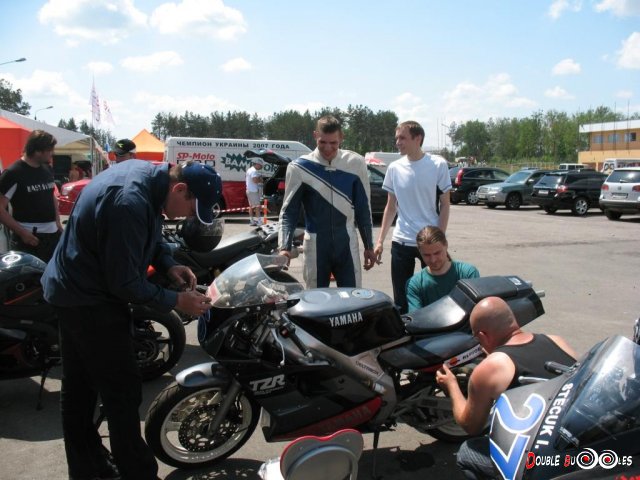
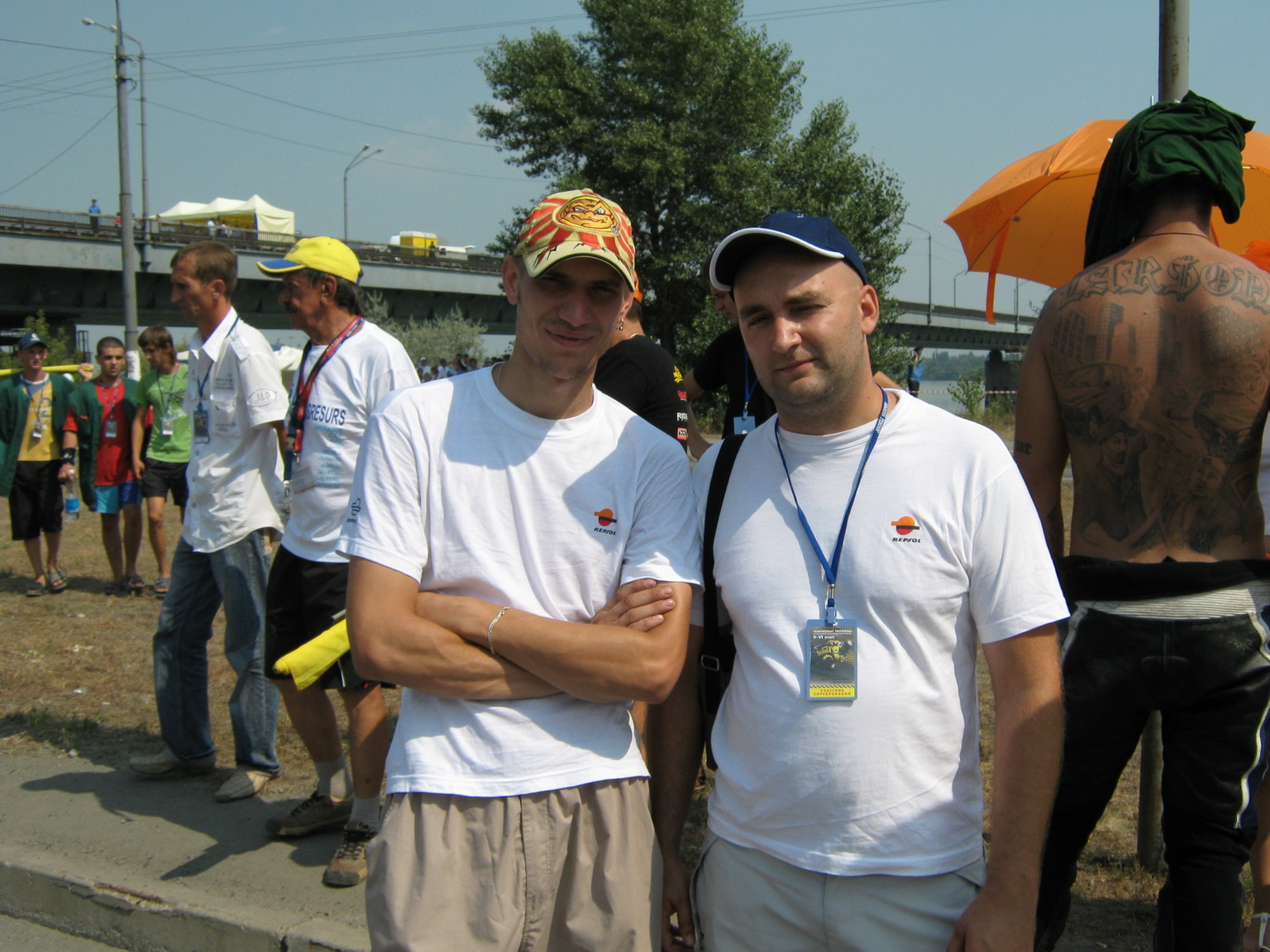
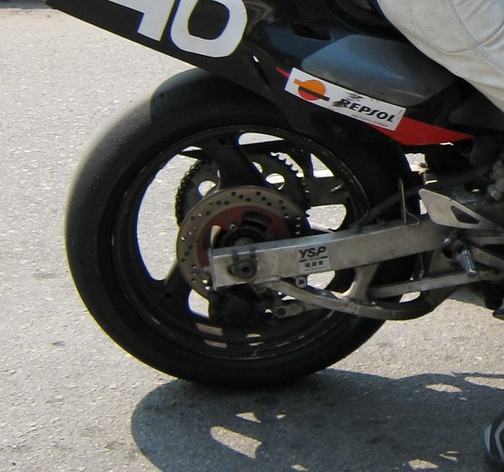
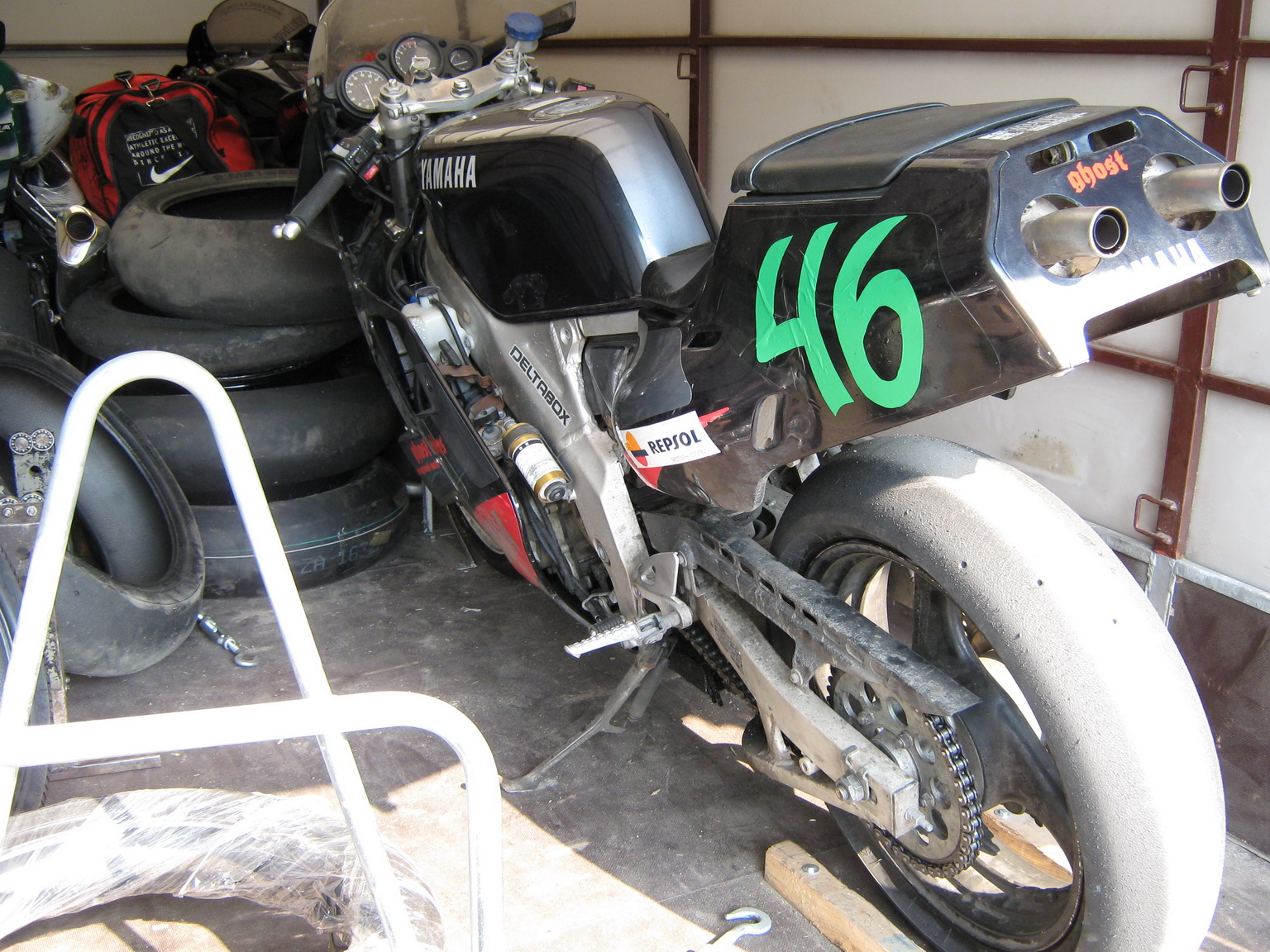
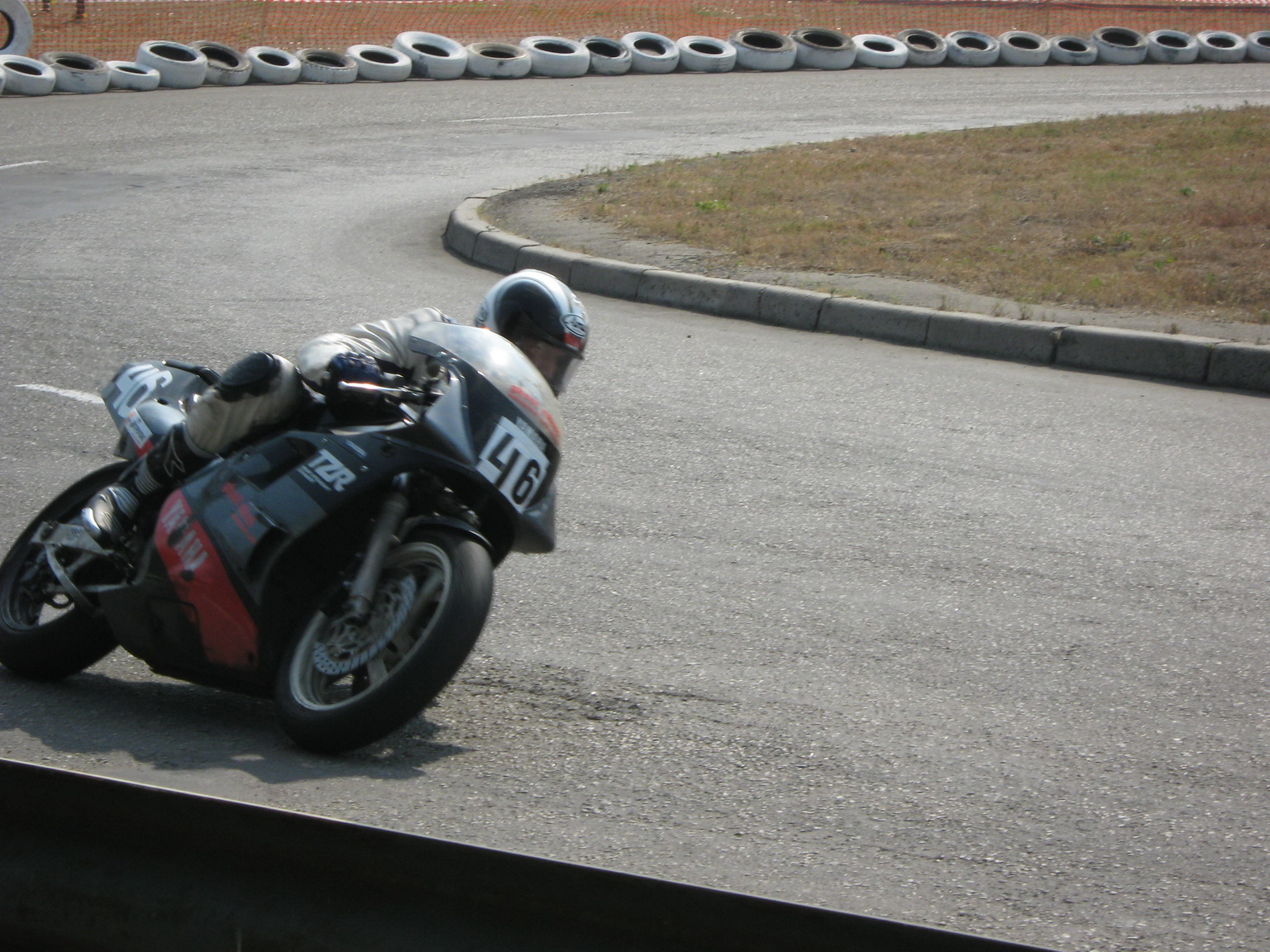 Поскольку
диаметры тормозных дисков одинаковые то проблем с задним тормозом не
возникло никаких. После установки колеса поехал на очередной этап в
Днепропетровск. Первый день откатал на "гражданской" резине но тем не менее
это был первый подиум:) 3е место в классе SS400. На второй день были обуты
слики. "Держак" стал намного лучше.
Поскольку
диаметры тормозных дисков одинаковые то проблем с задним тормозом не
возникло никаких. После установки колеса поехал на очередной этап в
Днепропетровск. Первый день откатал на "гражданской" резине но тем не менее
это был первый подиум:) 3е место в классе SS400. На второй день были обуты
слики. "Держак" стал намного лучше.

